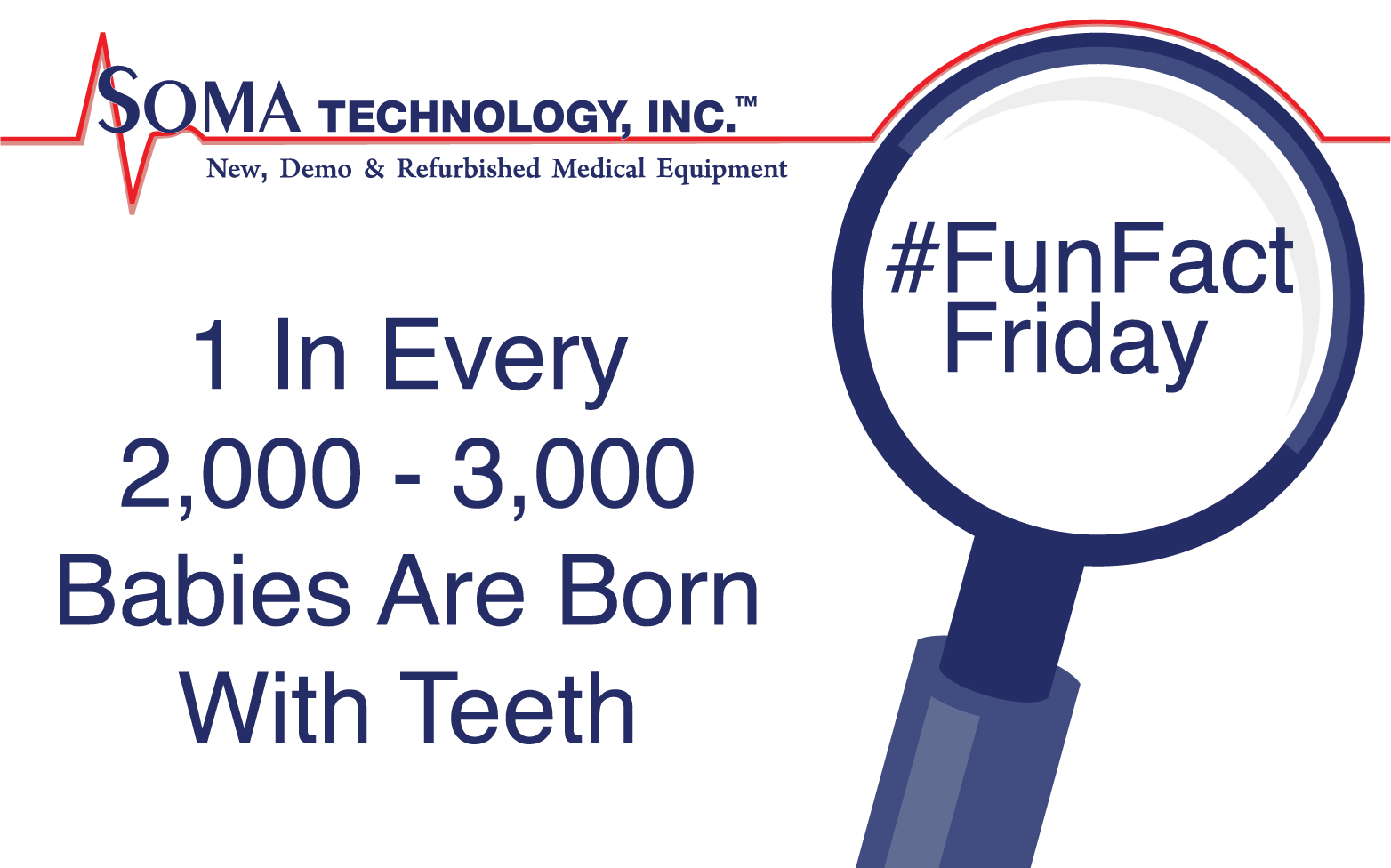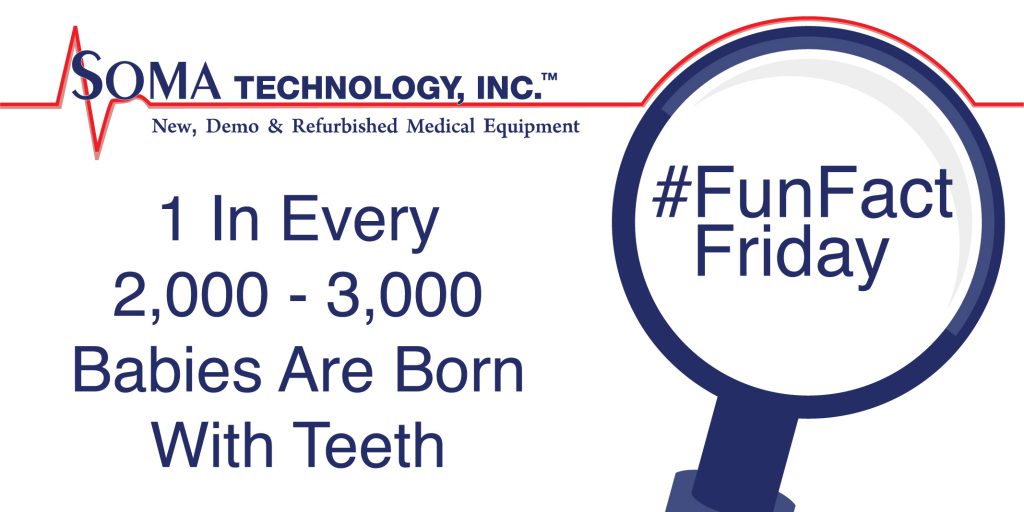How Many Babies Are Born With Teeth?
December 22, 2017

How many babies are born with teeth?
There can be a lot of rumors and misconceptions about pregnancy, delivery, and newborn care. Anything from crazy pregnancy tales to unheard of infant conditions. It can be hard to decipher fact from fiction. Have you ever seen a story of a baby being born with teeth? How often does this happen? Will my baby be born with teeth?
Statistics show that 1 in every 2,000 to 3,000 babies are born with teeth, so it’s a very uncommon occurrence. Teeth that develop in a fetus and are present at birth are known as natal teeth, which are not the same as neonatal teeth. Neonatal teeth can come in during the first 30 days of a newborn’s life. Uncommon but not unheard of, natal teeth can be associated with a few medical conditions such as; Ellis-van Creveld syndrome, Hallermann-Streiff syndrome, Pierre Robin syndrome, and Soto syndrome.
In addition to certain medical conditions, there are a few risk factors that may increase a baby’s chances of being born with teeth. About 15 percent of babies born with teeth have close family members that also had natal teeth. While there are many conflicting studies on the role of gender and natal teeth, females seem to be more likely to be born with teeth than males.
Most cases of natal teeth involve just one tooth. Being born with multiple teeth is even rarer. The lower front teeth are the most common to have when born, followed by the top front teeth. Less than 1 percent of babies with natal teeth are born with molars.
Natal teeth are usually present in the lower gums where the central incisors or the two front teeth will be. These natal teeth might be “real” baby teeth or just extra teeth that grew over the baby teeth. They usually don’t have a very complex root structure so they’re usually easy to wiggle. While they aren’t a huge problem, they can cause tongue irritation for the newborn and breast irritation for the mother if she’s breastfeeding. For that reason, they are often removed in the hospital before the baby is sent home, especially if they are loose. If they are loose there could be a chance of them falling out and cause the baby to choke.
Normally teeth come in anywhere between four to six months of age. They usually appear in pairs, starting with those bottom front teeth mentioned earlier. Usually, after the two front teeth appear the side front teeth, molars, and canines break through. By the age of three babies have a full set of teeth, and usually start falling out around the age of 4-6 from the permanent teeth starting to emerge.
As your baby’s teeth start to grow in, you can start using a soft wet toothbrush to brush them. You can start using a fluoride-free toothpaste after the age of 1. After the age of 2, it is usually okay to start using a fluoride toothpaste if your dentist approves it. Until your child can hold the toothbrush on their own, you’ll have to brush them. After your child can hold the toothbrush you should be there to supervise the process to coach the proper technique.
2 comments
Leave a Reply
Explore Other Blog Items By Category
Recent Posts


Surgical Microscope Rentals


Hey give me updates
Are you looking for updates on the blog or a quote? Please call 1-800-GET-SOMA if you need more information on your quote.